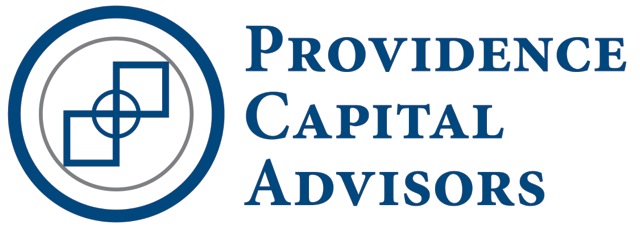17 May November 2019 – Turbocharge your giving with tax-efficient strategies
People give for different reasons -in memory of a deceased love one, supporting a friend running a marathon, or in honor of a favorite alma mater – but at the core, we are all guided by our values and the fierce hope for a more peaceful and prosperous world. Our values also inform our approach to money, so it is natural to integrate our philanthropy goals into our financial planning. To turbocharge your gifts in a tax-efficient manner, consider these strategies:
Give appreciated assets
When possible, always give appreciated assets versus cash. To maximize your donation and potentially get the largest tax break, review your portfolio for highly-appreciated stocks or mutual funds you have held for more than one year. You can deduct the entire market value of the asset and avoid the capital gains tax and Medicare surtax assessed on the gain over your basis. This is a particularly good technique if you have a concentrated position in, for example, your employer’s stock.
For example, you want to donate $10,000 to the United Way. If you have $10,000 of XYZ stock with $2,000 basis, you can gift the stock, avoid the capital gains tax on the $8,000 gain ($1,640 savings, assuming the 15% Federal and 5.5% state tax rates) and take the full $10,000 deduction. If you like the stock, you can re-purchase the stock with cash on hand and establish a new, higher basis. Alternatively, if you sell the stock and gift the after-tax proceeds, the charity will only receive $8,360 and you pay the capital gains tax and have a smaller deduction. If you give cash on hand, you simply get a deduction for the amount donated.
Bunching
With the advent of the Tax Cuts and Jobs Act of 2017 (TCJA), standard deductions have increased; for 2019, the standard deduction is $12,200 for single filers and $24,400 for married filing jointly filers. These larger amounts mean that many tax filers are unable to take itemized deductions, losing the tax benefit of charitable deductions.
Rather than make your regular annual donations, you could instead “bunch” multiple years of donations into one year. In these years with a large lump sum donation, you could boost your itemized deductions higher than the standard deduction and create a tax benefit. Then in the off years, you can take the standard deduction.
Donor Advised Fund
If you like the idea of lumping together multiple years of donations into one year for tax efficiency but are unsure of what organization you wish to support or would like to control the timing of the donations, consider using a Donor Advised Fund (DAF). With a DAF, you contribute cash, or preferably appreciated securities, to the fund to cover multiple years of donations, and you receive the charitable deduction for the full amount in the year you fund the DAF. The DAF functions like an escrow account; you can invest the money similar to a standard brokerage account and retain the flexibility to make distributions to charities at your preferred pace. Keep in mind that transfers are irrevocable – the money is no longer yours – though you can direct donations to nonprofits of your choice.
DAFs have additional advantages including no minimum annual distribution requirements; accounts can be opened with as little as $5,000 depending on the custodian; and you can easily make donations anonymously or in your name and can track them online.
This strategy separates tax planning from charitable gift decisions and is particularly powerful in years of windfall income (e.g., receiving a large bonus, exercising stock options or executing a Roth conversion) where your marginal tax rate is higher than usual.
Offset the tax cost of a Roth conversion
Roth IRAs are an attractive retirement savings vehicle because the distributions are tax-free and there are no required minimum distributions. The challenge is that converting all or part of traditional IRA to a Roth IRA generates ordinary income subject your marginal tax rate. Making a large or bunched charitable contribution can help offset that income. This strategy works best when you have sufficient non-qualified assets to pay the tax liability of the conversion and to make an outsized donation directly to a 501(c)3 organization or a DAF.
Qualified Charitable Distribution
If you are over the age of 70.5, you can make a nontaxable charitable contribution directly from your IRA using a Qualified Charitable Distribution (QCD). While they cannot go into a DAF, this is a good strategy if you do not need all, or some portion, of your Required Minimum Distribution (RMD) from your qualified retirement accounts. You will not report the QCD as income which can be helpful in realizing tax benefits that have AGI or taxable income limits. For example, this technique may reduce the portion of Social Security income subject to taxation, decrease Medicare premiums or lower the threshold for medical expense deductions.
And finally in an effort to amplify the benefit to the non-profits, do not forget that many companies – Bank of America, Wells Fargo, Duke Energy, Daimler Trucks, just to name a few – offer matching programs for employees’ (and sometimes retirees’) charitable contributions. This will leverage your gift and further the work of your favorite causes.
Because of the change in tax laws and the 10-year bull market, these issues are top of mind for many of our clients. As you develop your charitable strategy, please contact us and we are happy to discuss your specific circumstances. Happy giving!
This information is not intended to be a substitute for individualized tax advice. As always, we encourage you to include your CPA in tax-related decisions.
Julie Zawislak
